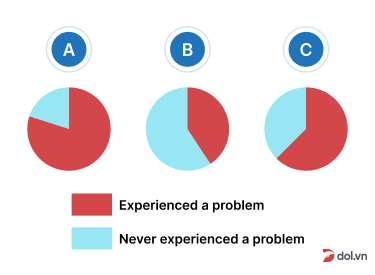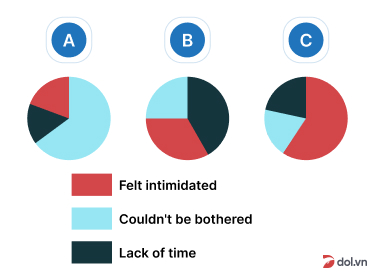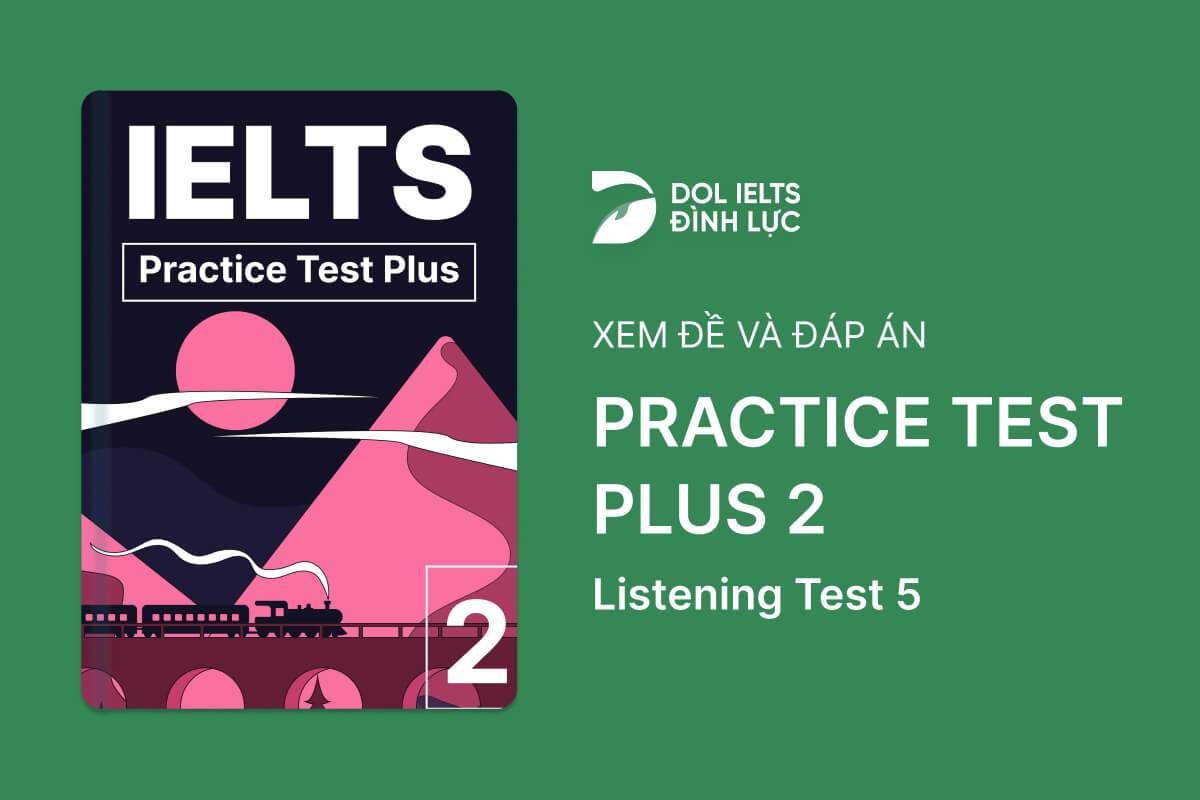Đề thi IELTS Online Test Practice Test Plus 2 - Listening Test 5 - Download PDF Câu hỏi, Transcript và Đáp án
Luyện tập đề IELTS Online Test Practice Test Plus 2 - Listening Test 5 được lấy từ cuốn sách Practice Test Plus 2 với trải nghiệm thi IELTS trên máy và giải thích đáp án chi tiết bằng Linearthinking, kèm answer key và list từ vựng IELTS cần học trong bài đọc.
Section
👂️ Bài nghe section 1
❓ Tapescript section 1
🔥 Đáp án & giải thích section 1
Giải thích chi tiết
 Mình cần nghe xem training always includes cái gì
Mình cần nghe xem training always includes cái gì
=> Biết đáp án sắp tới khi nghe " Well, we do provide training"
 Tiếp tục nghe thấy "We always include an orientation to the library, together with emergency procedures, that's fire regulations, emergency exits, first aid. So you can cope with accidents or sudden illness"
Tiếp tục nghe thấy "We always include an orientation to the library, together with emergency procedures, that's fire regulations, emergency exits, first aid. So you can cope with accidents or sudden illness"
=> Training sẽ include những quy trình khẩn gấp về hỏa hoạn và first aid (=basic medical skills)
=> Đáp án là B 
Section
👂️ Bài nghe section 2
respond to the
Challenge'15
walk, cycle or car-pool to work
use public transit
16
your domestic equipment17
emission reduction in the
region of US and Canada18
move towards
( e.g. less sulphur in gasoline & diesel)19
reduction of pollutants from
and power plants.20
❓ Tapescript section 2
🔥 Đáp án & giải thích section 2
Giải thích chi tiết
 Đáp án cần điền là ngày tổ chức Canadian Clean Air Day
Đáp án cần điền là ngày tổ chức Canadian Clean Air Day
=> Biết đáp án sắp tới khi nghe " reminder to you all out there about Canadian Clean Air Day"
 Sau đó nghe tiếp "which is on June 6th"
Sau đó nghe tiếp "which is on June 6th"
=> Đáp án: 6th June 
Section
👂️ Bài nghe section 3
the
of Kenya21
Marich Pass Field Studies Centre
in traditional 'bandas' (bring mosquito
)22study areas:
, lecture room, outdoor areas23
both
and semi-arid plains24
interviews (with interpreters)
(environment and culture)25morphological mapping
projects (all connected with
issues)26
supply and quality issues27
to Sigor (a
) to study distribution28
to the Wei Wei valley to study agricultural production
to a
29
logistics - well run
gave insight into lives of others
provided input for his
30
❓ Tapescript section 3
🔥 Đáp án & giải thích section 3
Giải thích chi tiết
 Đáp án cần điền là vùng nào đó thuộc Kenya (Area of country: the .... of Kenya)
Đáp án cần điền là vùng nào đó thuộc Kenya (Area of country: the .... of Kenya)
=> Biết đáp án sắp tới khi nghe " So, where exactly did you go" (hỏi vị trí cụ thể)
 Sau đó Jack trả lời "we were right up in the north-west of the country"
Sau đó Jack trả lời "we were right up in the north-west of the country"
=> Ở ngay phía north-west của nước đó (the country=Kenya)
=> Đáp án: north-west 
Section
👂️ Bài nghe section 4


❓ Tapescript section 4
🔥 Đáp án & giải thích section 4
Giải thích chi tiết
 Mình cần nghe xem họ cần decide on cái gì của website của cửa hàng
Mình cần nghe xem họ cần decide on cái gì của website của cửa hàng
=> Biết đáp án sắp tới khi nghe "First, I had an interview with Mr Dunne, who is in charge of Supersave's customer care department"
 Tiếp tục nghe " I discussed the project with him in order to identify the supermarket's requirements. "
Tiếp tục nghe " I discussed the project with him in order to identify the supermarket's requirements. "
=> Bàn luận project để identify supermarket's requirements (identify= decide on, supermarket's =store’s)
=> Đáp án: requirements 


